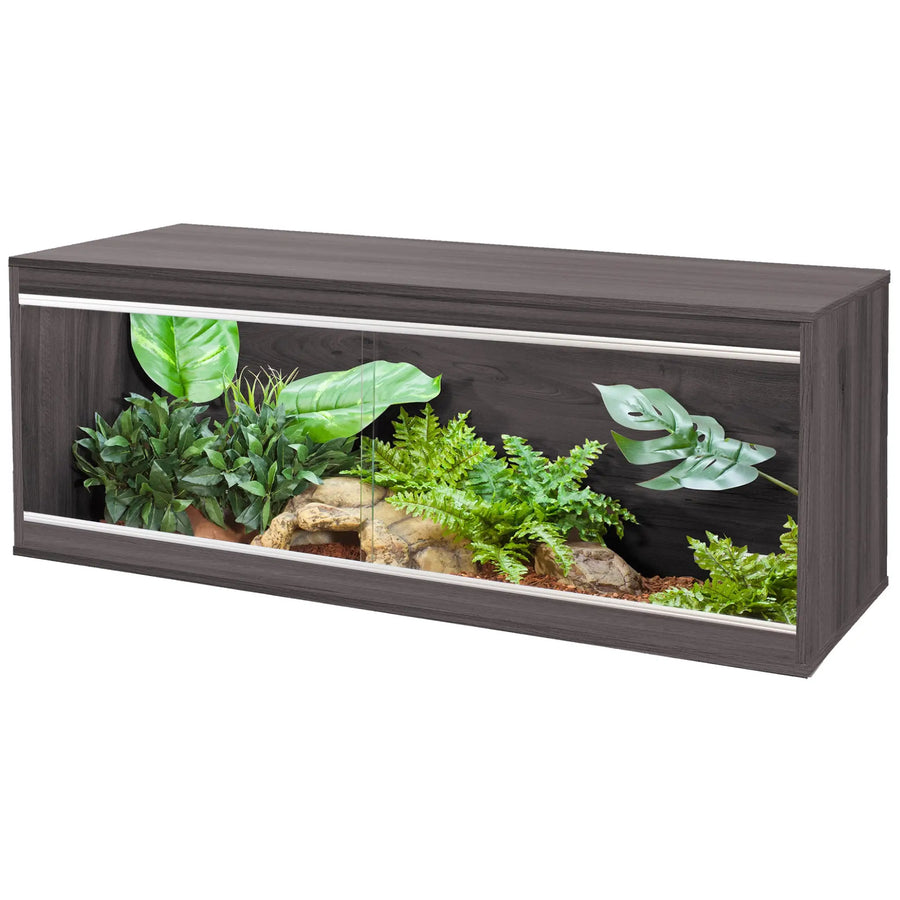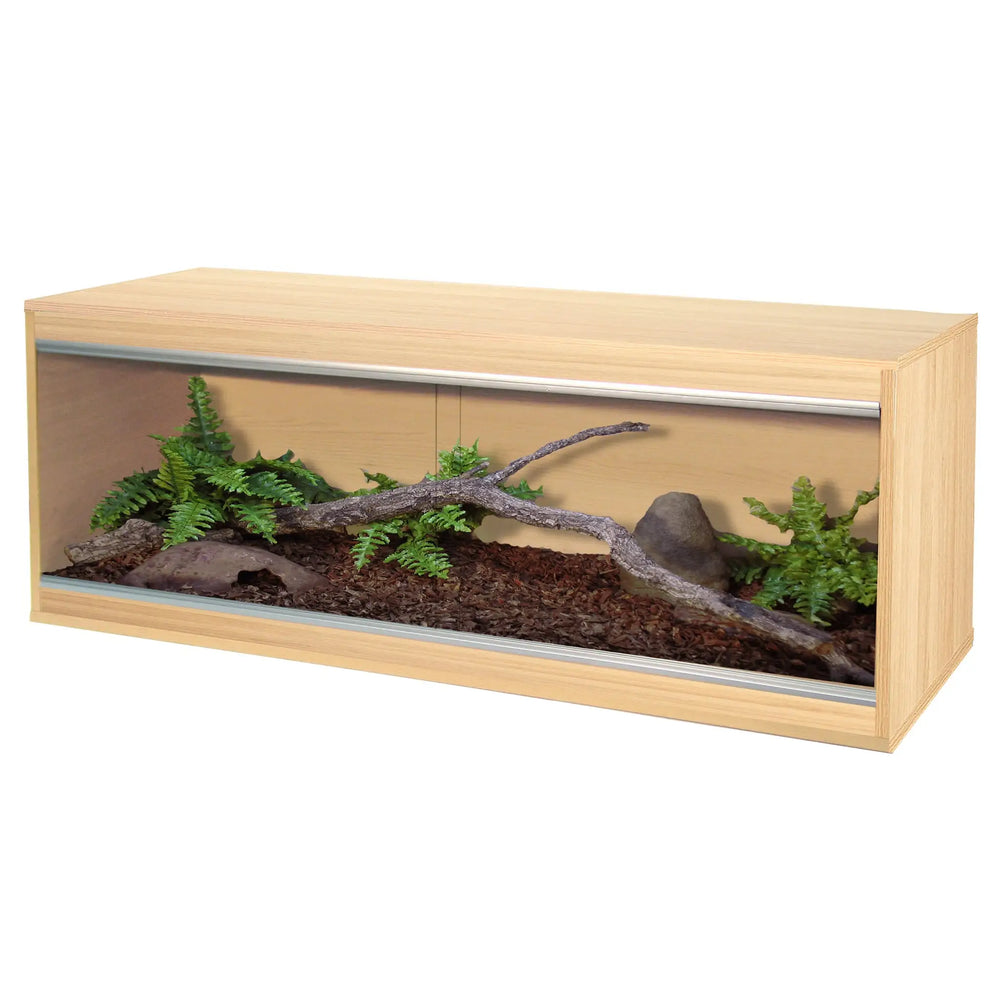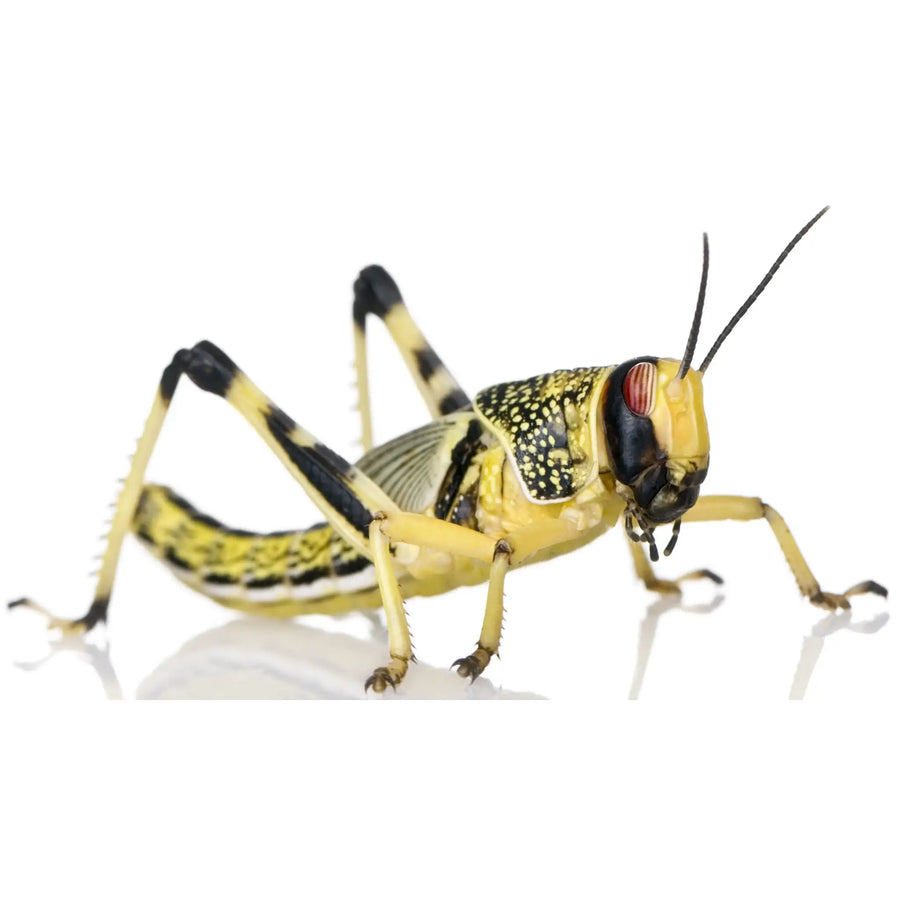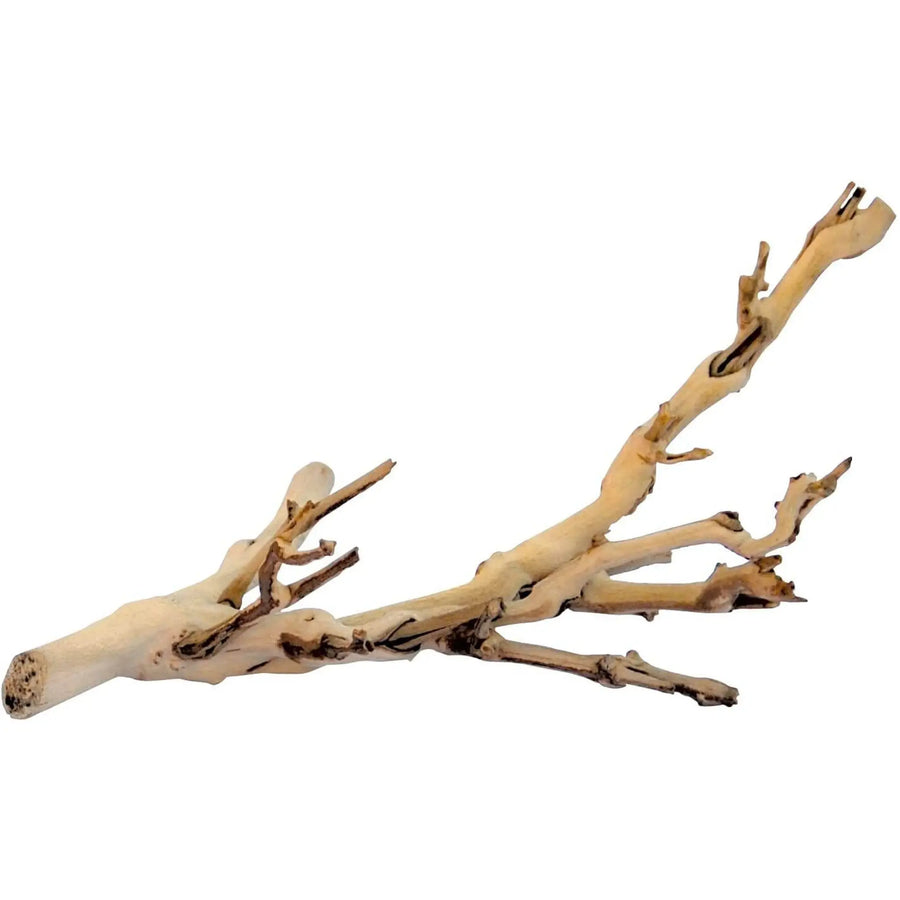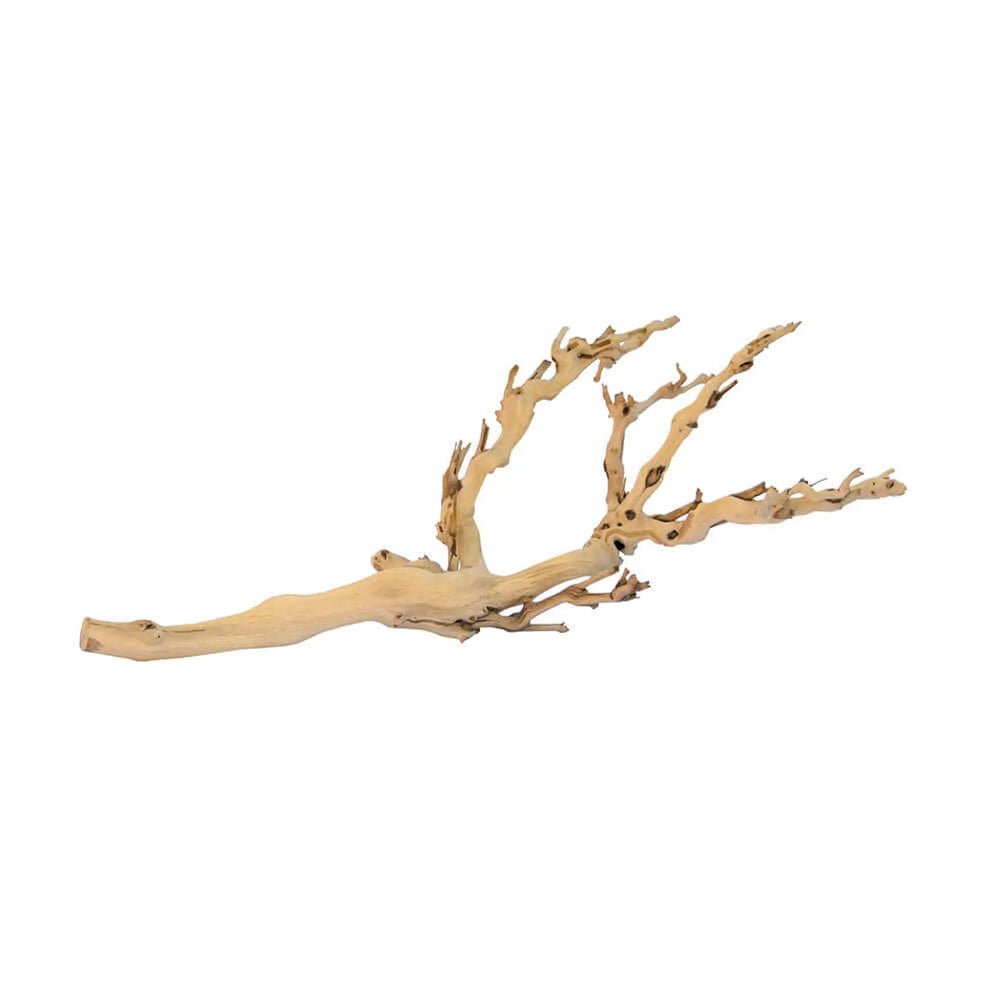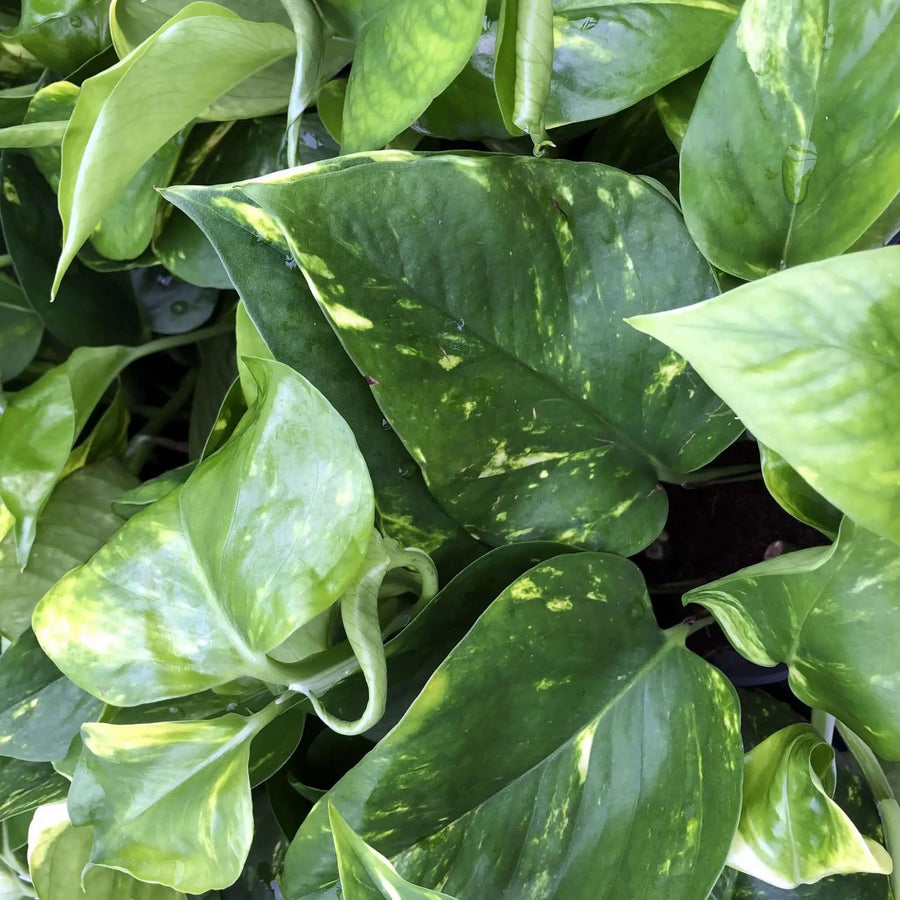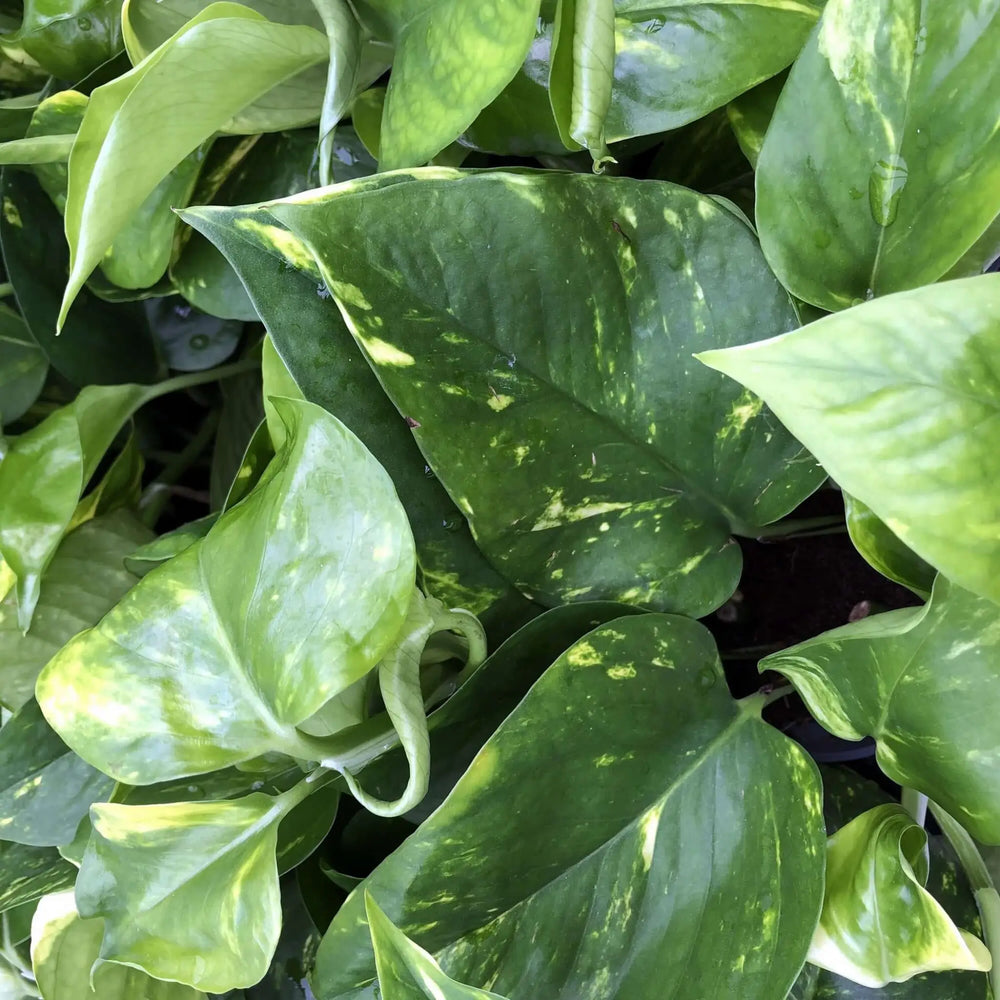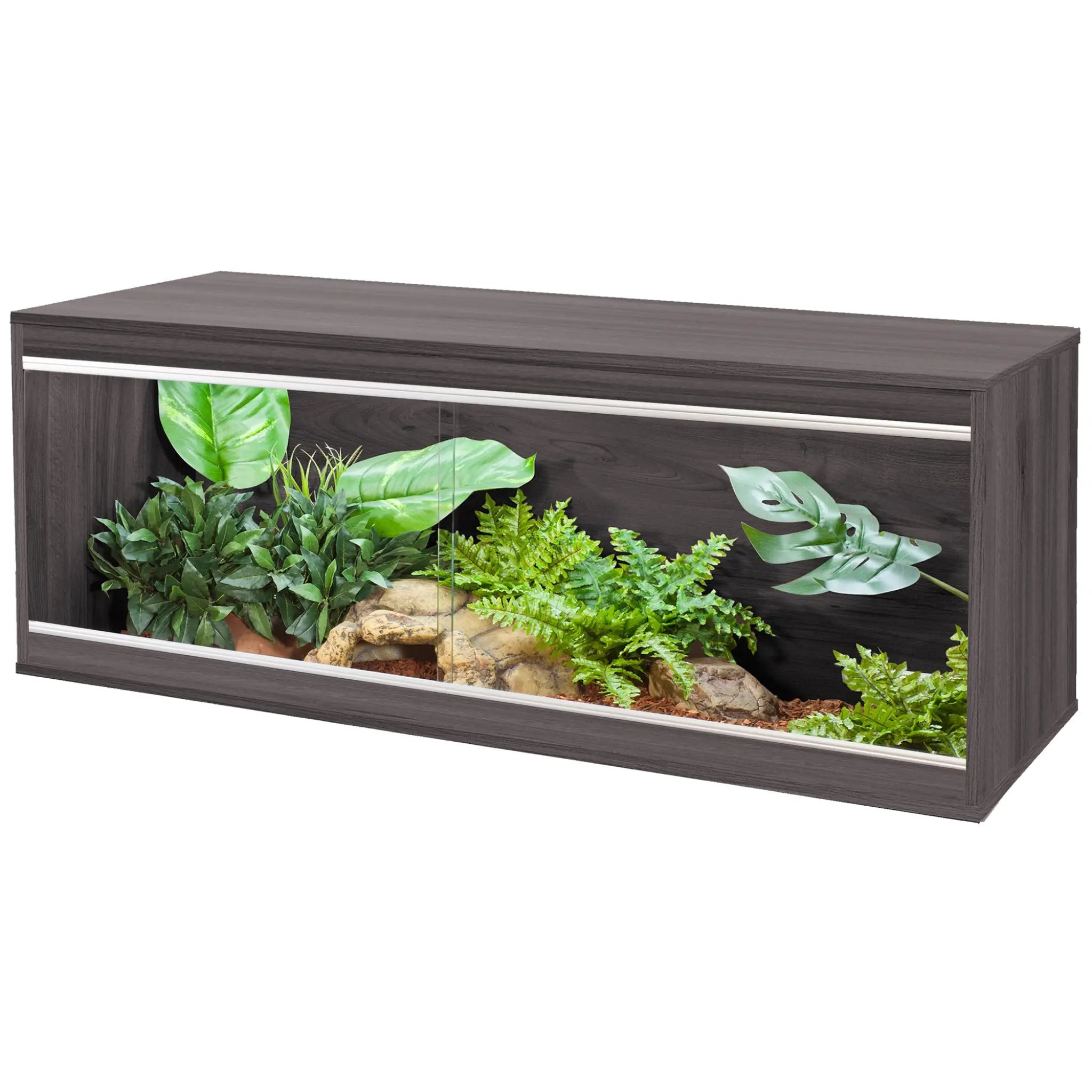
How to Set Up a Bioactive Royal Python Vivarium
The term bioactive is one that has been thrown around a lot amongst the reptile groups and forums over the past few years, even though it’s methods have been around for much longer (many of the various frog keepers can tell you this!).
In a nut-shell, using a suitably sized vivarium for your Royal, you create a natural living space, from substrate, to foliage. Where the use of various organisms (clean-up crew), such as, woodlice, earthworms, and European and tropical springtails, will proceed to help maintain the vivarium by breaking down any organic matter that occur (faecal). Also, they will prevent any forms of mould or fungal growth within the space.

More so, the movement of the clean-up crew inside your vivarium will keep the substrate breathing, alive, and full of nutrients. Which in-turn, aids plant growth, along with the natural growth of these organisms in population numbers. The populations will maintain themselves of course. If there is not enough food for them, some will die off, leaving only the amounts that are able to be sustained.
You can often find booms in clean-up crew populations, and the odd low too. But it’s all relative to the ecosystem have created.
What’s Needed?
Assuming you already have the appropriate sized royal python setup. You will also need;
- Aquarium sealant
- Pond liner
- Play sand
- Sterilised Topsoil
- Coco fibre, or orchid bark
- leaf litter
- Natural bark and wood
- and of course, the clean-up crew (woodlice, earthworms, & springtails etc.)
The drainage layer used in wetter setups (like my chameleon's) are not needed. Due to the Royal’s natural environment being dryer than other species. You will find, with the leaf-litter, and substrate mix, along with the odd spray, humidity is easily achieved to the correct levels anyway.
The Setup
First off you are going to want to seal the vivarium’s internal joins. This will not only protect from any moisture damage, but also any wannabe escaping bugs. Once the Aquarium sealant is dry (I usually leave 24 hours), you can move onto the pond liner.

You are going to want to cut the pond liner a good 4 or 5 inches bigger than your actual vivarium floor space. Reason being, this will provide a protective barrier between the wooden vivarium surface, and substrate. Which will obviously be a few inches in depth. What I did, was actually use the sealant to secure the pond-liner around the top, to the walls of the vivarium. This will stop and substrate being pushed down between the liner and viv walls. If you ever decide for some reason you want to remove it all, it will not ruin your vivarium as removal is very easy. Again, you will need to allow this to dry out for 24 hours.
Once dry, check for any gaps between liner and walls. If any, seal them up. Once good, onto the substrate mix.
Mixing the Substrate
You can do this directly inside the vivarium if you wish. Or, use a bucket. I found the vivarium method far easier. I have no real ratio levels to speak of regarding this part. Initially I just mixed up the sand and topsoil. But it was definitely more topsoil heavy. And I stuck with that. At a guess, I’d say a 60/40 ratio. Then I added the coco fibre, and a little orchard bark for added texture. Again, I just added until it felt and looked natural. Once all that is in, and you are happy, It’s time to add the leaf-litter and clean-up crew.

I added the leaf litter first, although I don’t believe the order matters at all. I make sure I have a nice even spread, just enough to cover the surface, it’s only going to get moved around anyway when your Royal is out for a wander! Then I roughly spread out what clean-up crew I have. Once you get hides, and a water bowl etc. inside the vivarium, your clean-up crew will find areas to shelter and congregate, and venture about where needed. Once that is done. Its a case of strategically placing your natural woods and branches, for maximum stimulation for your Royal.

Ready mixed substrate is available in the form of ProRep Bio Life forest substrate.
Finishing Comments
It will take time for the vivarium to establish it’s self. So any Snake waste produced, for the first few times, it may be worth removing some. And then leaving some in for the clean-up crew to deal with. (can bury just under the surface if you wish). But once established, it can be easily gone in hours. As well as any shed.
The rewards for going bioctive are that you get a vivarium that is extremely aesthetically pleasing, plus I also found that it was clear to see my Royal showed enhanced natural behaviours. Particularly when compared to what he was showing on plain lignocel, aspen, etc.



